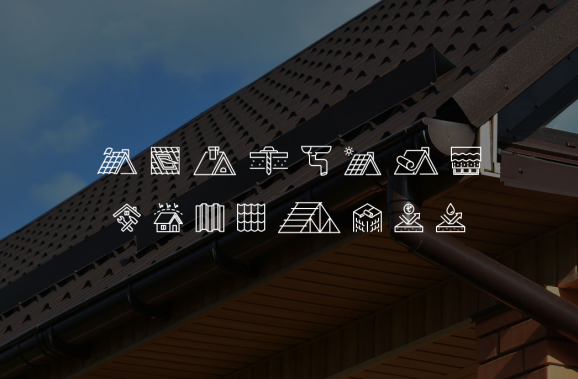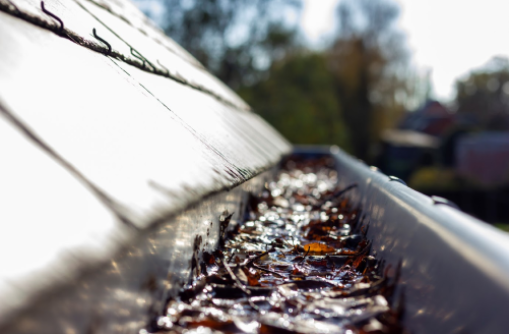Eco-conscious roofing involves practices that minimise negative environmental issues, such as pollution, waste, or damage to the ecosystem. At Knights Roofing, we understand the importance of sustainable and eco-friendly practices and how they can positively contribute to the well-being of our planet. In this article, we will cover how to negate negative environmental issues, such as pollution, waste, or damage to the ecosystem. It will also cover why investing in long-term roofing sustainability is important, outlining some of the core benefits, not just environmental but also potential cost savings.
Sustainable Roofing Materials
Selecting the right materials is crucial for ensuring your roof is eco-friendly. It needs to be designed and created to minimise its environmental footprint. Some of the key factors that need to be taken into consideration include:
- Recyclability, using materials that have already been repurposed or can be at the end of the roof's life.
- Long-lasting, reducing the need for additional materials or replacements.
- Energy efficiency, embracing design standards that improve insulation reducing the need for energy usage.
- Build process, using materials and building techniques that minimise the impact on the environment. This could include adding rainwater tanks, reflective coating for heat, etc.
Eco & Energy Efficient Roofing
Not only does energy-efficient roofing benefit the environment, but it can also reduce heating and cooling costs, lowering electricity and gas bills. Some examples of eco-friendly roofing include:
- Green Roofs, consisting of plants and soil, create a natural feel and home for wildlife.
- Recycled roofs that utilise materials that have been repurposed or recycled.
- Metal roofs, they can be recycled and are usually long-lasting.
- Solar tiles take advantage of the sun's power and can lower your carbon footprint.
Maximising Your Roof Life
Prolonging the life of your roof creates numerous benefits, including environmental and cost savings. It is important to ensure that efforts to extend the life of your roof are carried out productively without compromising its functionality and effectiveness. Depending upon the building structure, weather conditions, budget, and preferences, below are some practices that can help extend the life of your roof in an eco-friendly way.
- Durable roofing materials.
- Roof maintenance is key.
- Addressing issues promptly.
- Eco-friendly features such as water tanks.
- Using the services of a Professional roofer.
Roof Recycling Options
Activistically recycling roof materials has many eco-related benefits. These include reduced waste, using fewer materials, promoting sustainable practices, and promoting the circular economy (reused materials).
Many materials used in roofing can be recycled. These include:
- Asphalt shingles can be used for roads or other asphalt materials.
- Metals from roofs can be recycled.
- Old slate tiles can be used for new projects or to replace similar aged tiles.
- PVC, plastics can be recycled for other building materials such as flooring.
- Copper used in the roof can potentially be recycled and used for wiring.
Balancing Costs & The Environment
Unless your budget is limitless and costs do not factor into the decision-making process, the cost-benefit ratio must be considered. Do the environmental benefits outweigh the potential extra costs?
As with most projects, you should set a budget—a figure that you are happy to pay for the environmental benefits.
Some potential negatives that should be taken into consideration include:
- Will the quality of the roof be compromised by using eco-friendly alternative materials?
- What is the availability of the materials required?
- How will your roof look aesthetically after completion?
- Does it add to the complexity of the project? If outsourcing, are there local roofing companies that have the relevant skills?
- Will using sustainable materials compromise the load bearing or integrity of the structure?
- What, if any, are the extra costs involved?
Examples In Practice
There are many eco-friendly roofing structures that have been built throughout the country. Some of the most famous ones include:
- The Graden Museum in London has a green roof that includes a variety of plants, which provides a habitat for London's wildlife.
- The Foundry is a highly efficient design that uses solar panels and green roof credentials.
- Beddington Zero Energy Development is an eco-focused community that aims to create minimal negative environmental impact.
Conclusion
At Knights Roofing, we understand the importance of embracing eco-friendly roofing solutions and have extensive experience helping our clients create roofs that are both practical and environmentally sound. We can help you source relevant materials and build to meet and embrace environmentally friendly practices. If you require further information, contact Knights Roofing anytime for a free appraisal or quote.




